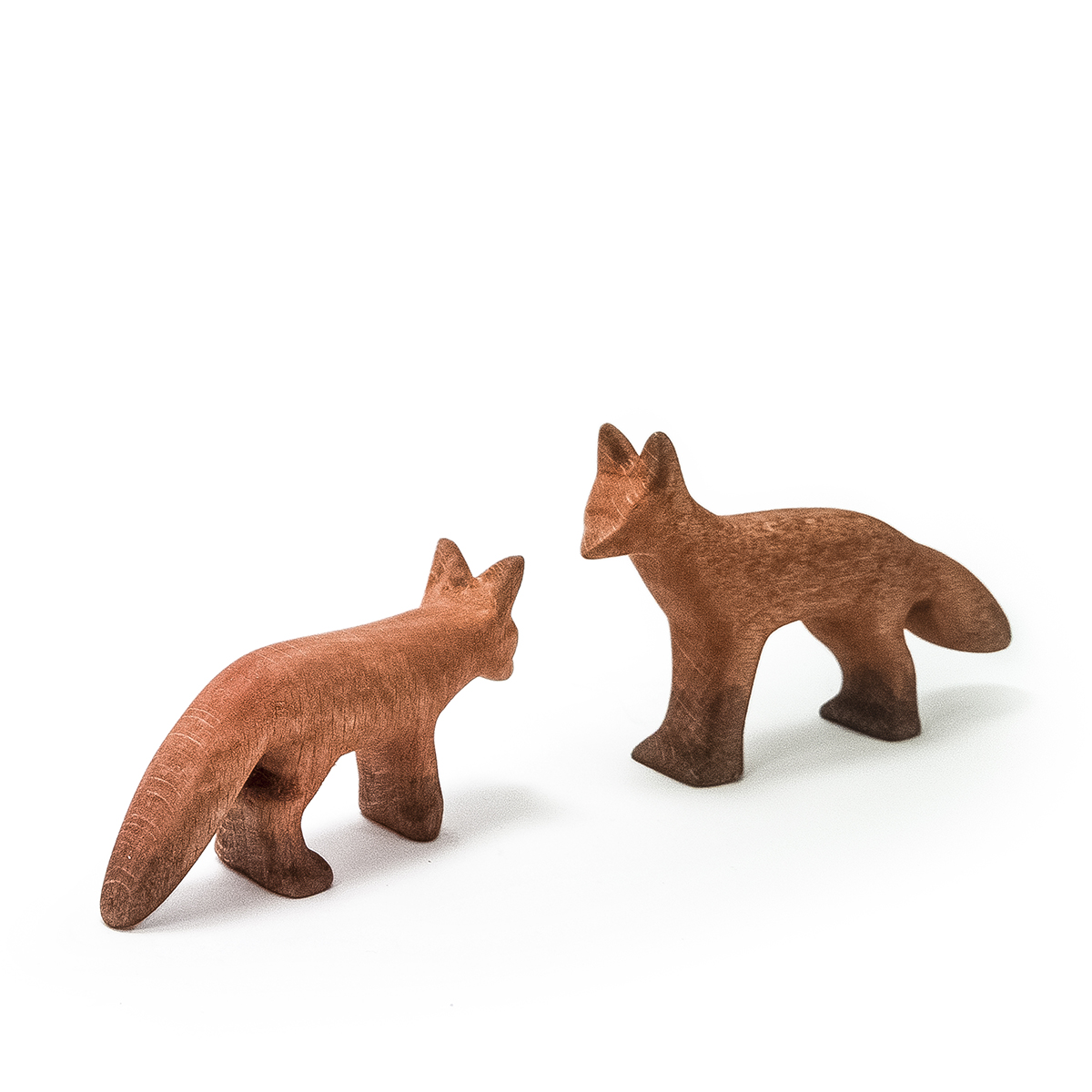Little foxes are born in winter, but they do not go out before it is spring as they need to stay in their parents’ warm burrow and grow up feeding on their mom’s milk. Their father is the one who goes out hunting and bringing food to mother fox.
Now it is spring, and fox cubs can go out to enjoy growing up in the forest. They are curious to explore the world, and they are so busy playing. Sometimes they are in danger (a big bird of prey wants to catch them), but their mom can hear their scared voices and rush to save them. She also makes sure to bring them up as well-behaved foxes and tries to set limits to what they do and where they go.
When summer comes, they will be ready to live on their own, so they will have to search for their own food and dig their own burrows. Digging is not so easy for foxes as their legs were not made for digging – unlike the legs of a mole, so it takes time. Meanwhile, a young fox might make a home in a badger’s underground labyrinth, and the badger does not mind this as his home is soo big.
Digging a burrow takes time because it needs to be big, to have several tunnels so a fox has more routes to escape if a hunter’s dog tries to catch it. There are so many other dangers. While crossing the road to hunt chicken in the village, a fox might be blinded by the headlights of a car and then get run over.
When winter comes, young foxes will have become adults and start their own family.
RESOURCES ABOUT FOXES
The life of a fox in the wild is so exciting, and children will be fascinated to learn more about it. Luckily there are so many resources available, and being blessed to have the internet today, parents can quickly make a search and find beautiful illustrated books which introduce children to foxes through rich and beautiful language. We would like to share our absolute favourites:
Non-fiction:
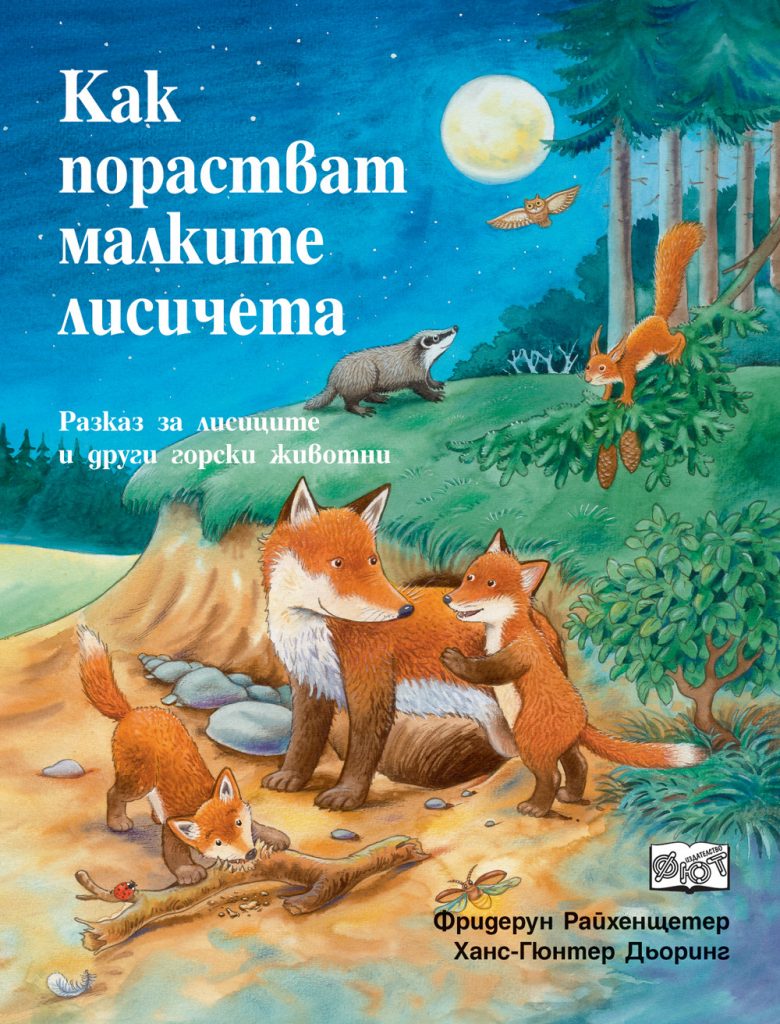
a book about little foxes and how they grow up – by the German author Friederun Reichenstetter, which we are lucky to have in Bulgarian translation in our country (along with several other books from the same series). If you are a German or Dutch speaker, you can find the book online or just follow the links we have shared. The illustrations are truly beautiful. Here is a peek inside.
Fiction:
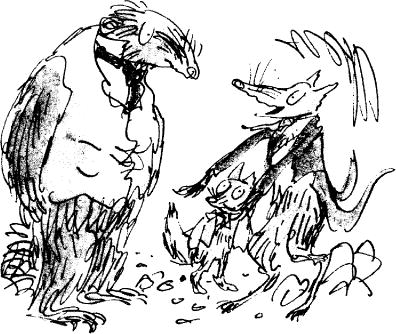
Fantastic Mr Fox by Roald Dahl, illustrated by Quentin Blake. This book is easier to find in more languages. Besides, it has been filmed.
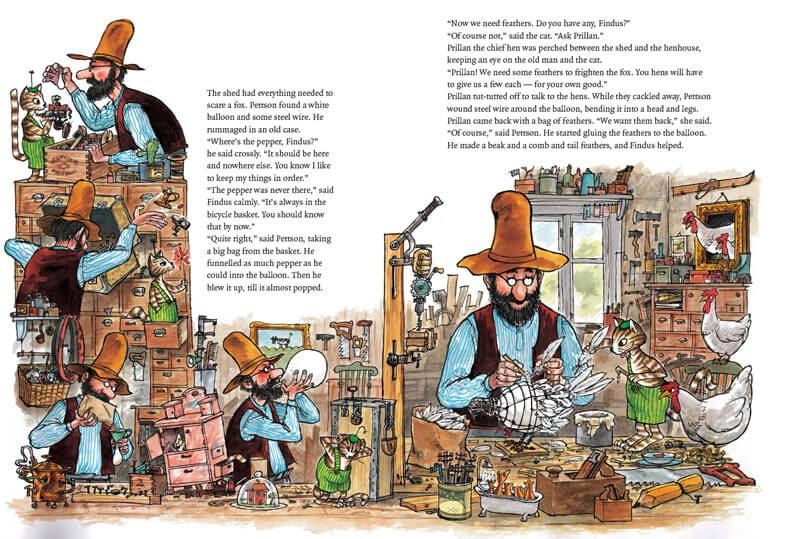
Findus and the Fox (The Fox Chase) by Swedish author Sven Nordqvist could be a way to introduce your children to the exciting illustrated series about the old man Pettson and his cat Findus. Their adventures can get your children into listening to literature and later into reading. Some of these adventures are filmes, and they can be found in more languages. As for the illustrations, even adults enjoy getting lost into the rich painted worlds of these books.
FOXES IN ART, FOLKLORE AND MYTHOLOGY
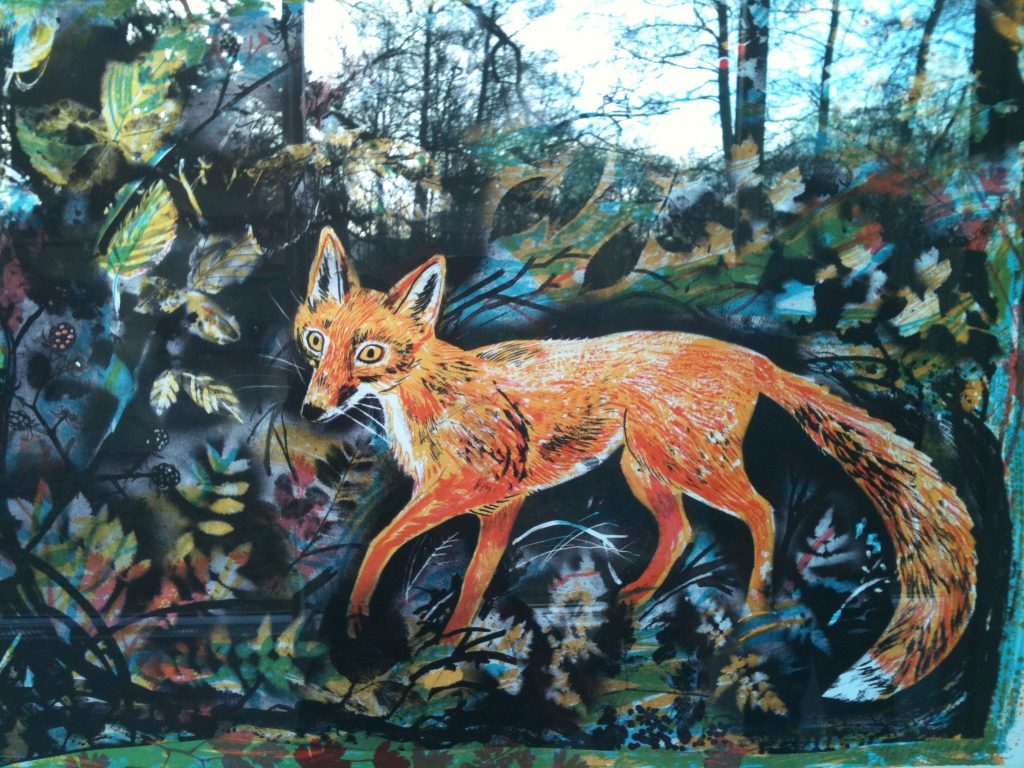
Parents and teachers might be inspired to explore foxes as they are represented in art, folklore and mythology and find more material which they could adapt to children’s needs. Here we offer links to very informative articles: 1, 2, 3.
WHAT ELSE CHILDREN CAN LEARN THROUGH LEARNING ABOUT FOXES
Introducing your children to foxes could be a good way to start introducing them to nature and wildlife in general. There are so many other animals that live alongside foxes, are a threat to foxes or are hunted by them, or even help them.
As there are different fox species, children can be introduced to variety in nature and at the same time how creatures are related to one another. They can also learn about adaptations – how similar species can be adapted to local conditions. (Bеsides our woodland series, where we offer an adult fox and our baby animal series, where we offer a fox cub, you might wish to check our wild African animals series and see our Fennec fox – one that is adapted to live in the desert.)
As animals can be related above the species level, children can be introduced to related canid (doglike) families. It is easy to show how foxes, dogs and wolves can be related. Children will be amazed to find out that many other, quite diverse animals, such as bears, weasels, raccoons, badgers, otters and sea lions, for example, can be their “cousins” too.
PLAYING WITH TOY ANIMALS
By playing with animal figures, children who have been introduced to knowledge of nature will include this knowledge in their play scenarios and thus consolidate it, building the foundation of their general knowledge – one of the main predictors of future academic success.
Children who love stories will include elements of the plots they have heard or read in their imaginative open-ended play, develop their imagination, as well as their thinking and speaking skills, practising a vocabulary much richer than the one people use in everyday communication.
Dramatic play often involves using animal characters who stand for human personages. Some children will use animal families to explore human relationships and emotions in a safe way.
WHAT OTHER FIGURINES MIGHT BE INCLUDED IN PLAY WITH FOXES
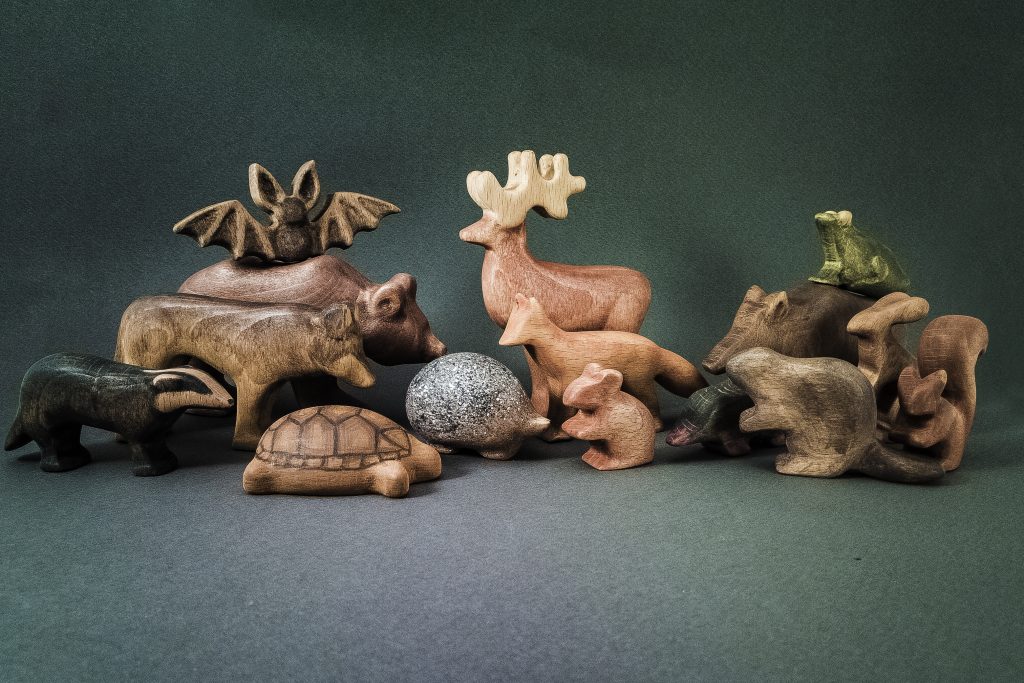
Chicken and all other species of domestic birds, wolves, dogs, badgers, moles, mice, hare, hedgehogs, birds of prey. We offer wooden versions of some of these in our woodland and farm animal collections. They are all compatible with our foxes in size and style. Should you like to add people figures, such as farmers and their children, check out our people collection. See our gallery or visit our shop.
